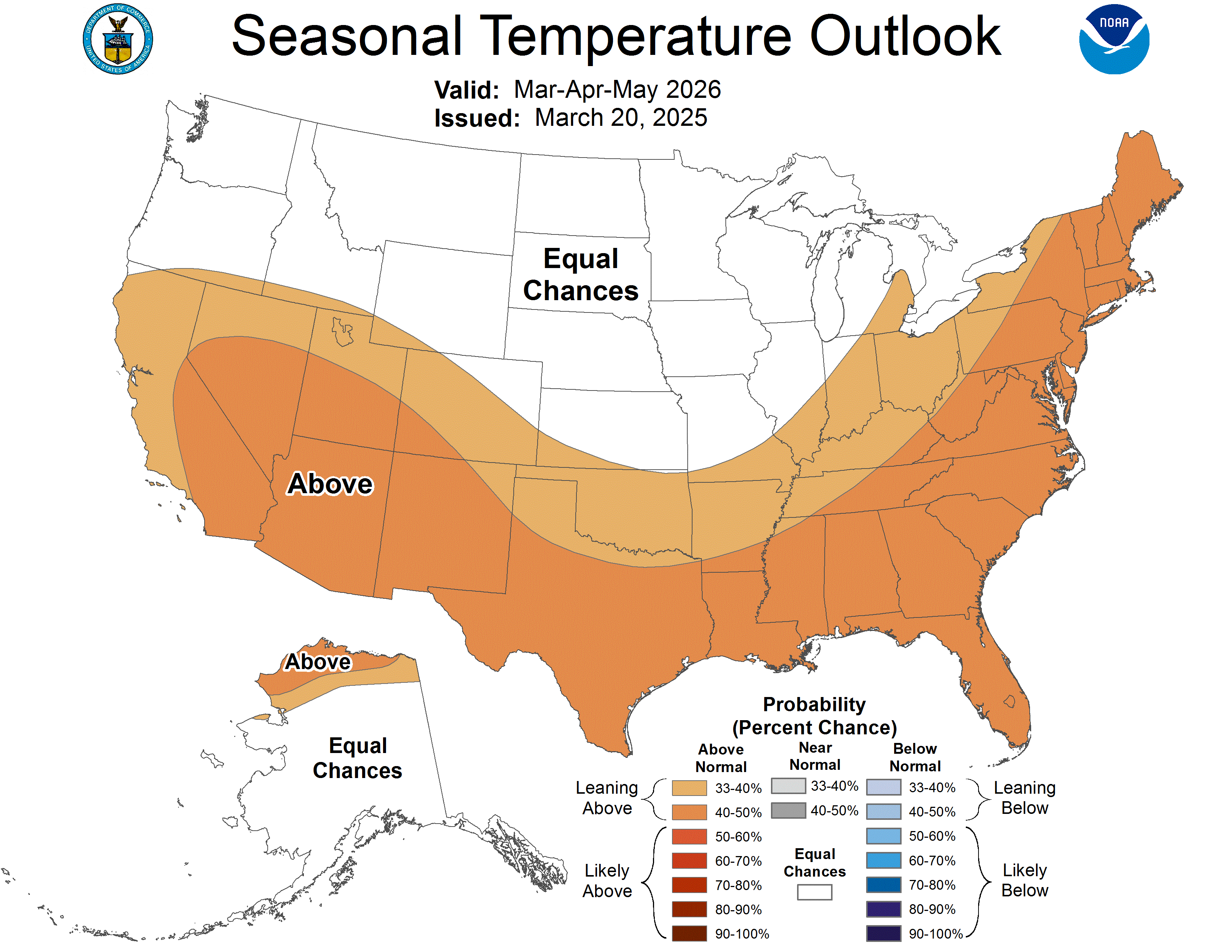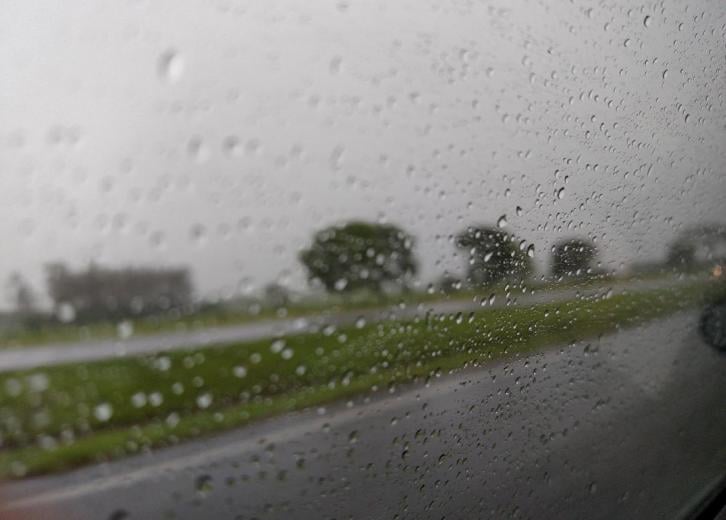
The hail stone collides with supercooled droplets and grows in size. Hail forms and is carried upward through the storm by the updraft and held above the freezing line. The weak echo region is created by a strong updraft, which also helps the hail to grow. Rain and hail is what creates the "bounded" portion of the bounded weak echo region (BWER) on radar. Because this process is so fast, everything within the supercooled droplet, including small air bubbles, freezes into the layer, which gives it a cloudy look. Unlike wet growth, the supercooled water meets the ice nucleus and immediately freezes. Since this process is relatively slow (slower than the dry growth process) it results in a layer of clear ice. In wet growth, supercooled water droplets collide with and spreads across the ice nucleus. Wet GrowthĪ tiny ice crystal will be the nucleus of the hail stone. There are two methods of hail stone formation and growth that give hail stones their "layered" look. Supercooled water droplets are liquid water drops that are surrounded by air that is below freezing, and they're a common occurrence in thunderstorms. Hail is formed when very strong thunderstorm updrafts meet supercooled water droplets. was in the year 2000, when a man was killed by softball size hail in Fort Worth, Texas. 
Deaths from hail are rare - the last known death caused by hail in the U.S.

Property damage in this storm exceeded $2.4 billion in 2010 dollars. The costliest hailstorm happened in April 2001, from eastern Kansas to southwest Illinois, including the St. Hail causes approximately $1 billion in property and crop damage each year. It can cause serious damage, especially to cars, aircraft, glass-roofed structures and most notably, farmers' crops. Hail is a form of frozen precipitation that's created by strong thunderstorms with fast updrafts - air being pulled upward into a thunderstorm.






 0 kommentar(er)
0 kommentar(er)
